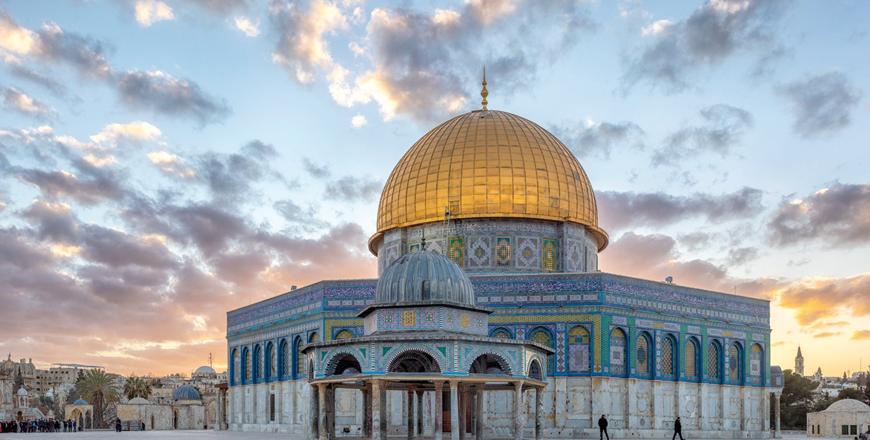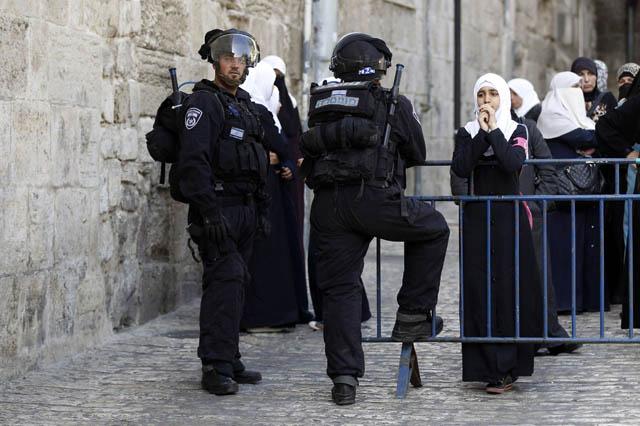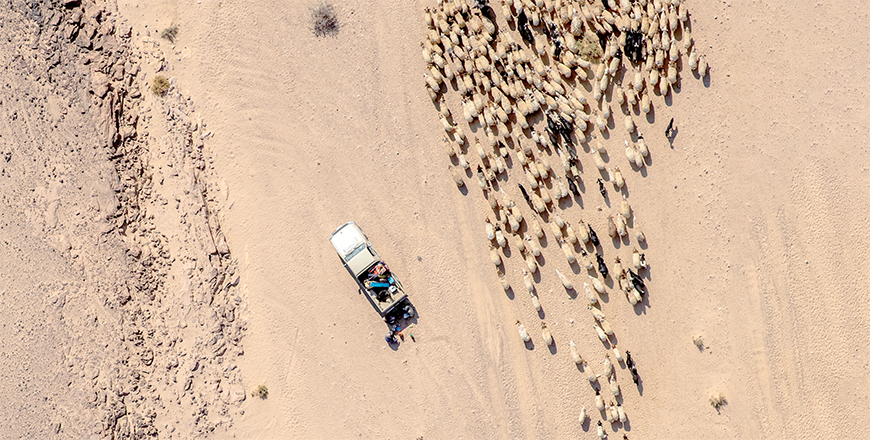You are here
Jordanian photographer launches photobook on Noble Sanctuary
By Saeb Rawashdeh - Mar 04,2023 - Last updated at Mar 04,2023

The cover of the book (Image courtesy of Bashar Tabbah)
AMMAN — Jordanian photographer Bashar Tabbah launched his photobook on the Noble Sanctuary in Jerusalem on Wednesday.
The idea for the book came to Tabbah in 2019 when he was on a project on the site and found that there were not enough books in English that covered the Noble Sanctuary.
Speaking during the launch at Arar Street in Amman, Tabbah said the book, titled “The Noble Sanctuary Book”, was delayed by the COVID pandemic.
“In total, it took three years to complete, but it would’ve been two years if not for the COVID interruption. I carried out six visits to Jerusalem and Haram Al Sharif, ranging from a week to three weeks,” Tabbah said.
Historian Robert Schick needed a year to complete the writing and research for the project, Tabbah noted, adding that the biggest obstacles were returning to complete the shoot after COVID ended, fundraising for the project and gaining access to the complex with his camera gear.
“The two major structures are the Dome of the Rock and then the Jami’ Al Aqsa in the southern section of the complex, and there is almost a constant level of threat, either from Jewish religious extremists or from time’s passing,” Tabbah said.
Tabbah said he donated over 1,400 images to the Royal Hashemite archive after the project was completed.
Al Aqsa sanctuary takes a large portion of the Old City of Jerusalem, and it is an exceptional historical, cultural and religious complex, with the Dome of the Rock dominating a central platform, Tabbah emphasised, adding that its unique architectural design and empowering golden dome is “instantly recognisable”.
“For many Muslims and non-Muslims alike, the complex is hidden behind a veil of politics and conflict, with the Dome of the Rock taking the focal point while the rest of the complex is largely ignored,” Tabbah said, adding that in reality, it is a magnificent open-air museum, shrine, campus and public park, all rolled into one.
Measuring 145,000 square metres, the area contains hundreds of landmarks, from raised prayer platforms, to water fountains, schools, shrines, tombs and gates, each a snapshot of a history that spans 14 centuries, he highlighted.
“To the Islamic world, the Masjid Al Aqsa stands shoulder to shoulder with the mosques of Mecca and Medina. Holding the honorific of Al Haram Al Sharif [the Noble Sanctuary], it is recognised as the third holiest site in Islam due to its connection to Prophet Mohammad’s ascension to heaven [known as the Isra and Miraj],” Tabbah said.
He also noted that the complex is also a symbol of the Palestinian Diaspora, a place that has been out of reach and off limits to the Arab and Muslim world for decades.
“This separation has elevated an already revered site into one of folkloric legend, which many yearn to see in person but are unable to do so. The contention and violence over the decades have also affected the ability for non-Muslims to experience the site — entrance is restricted to a few hours a day with visitors only allowed to explore the outdoor areas,” Tabbah said.
The project’s primary goal is to impart the history and atmosphere of the magnificent place through photography and text, for those who cannot experience its true nature for themselves, Tabbah said.
Related Articles
AMMAN — After many visits to Jerusalem capturing its landmarks on camera, a Jordanian photographer is now on a mission to record the city in
Dozens of Palestinians were wounded in clashes with Israeli forces that erupted Wednesday when Jerusalem’s flashpoint Al Aqsa Mosque compound was opened to Jewish visitors, an AFP correspondent said.
AMMAN — After publishing “A Map and a Lens: Jordan Sights Unseen and Stories Untold”, “Unique and Outstanding” and “The Noble Sanctuary”, th


















